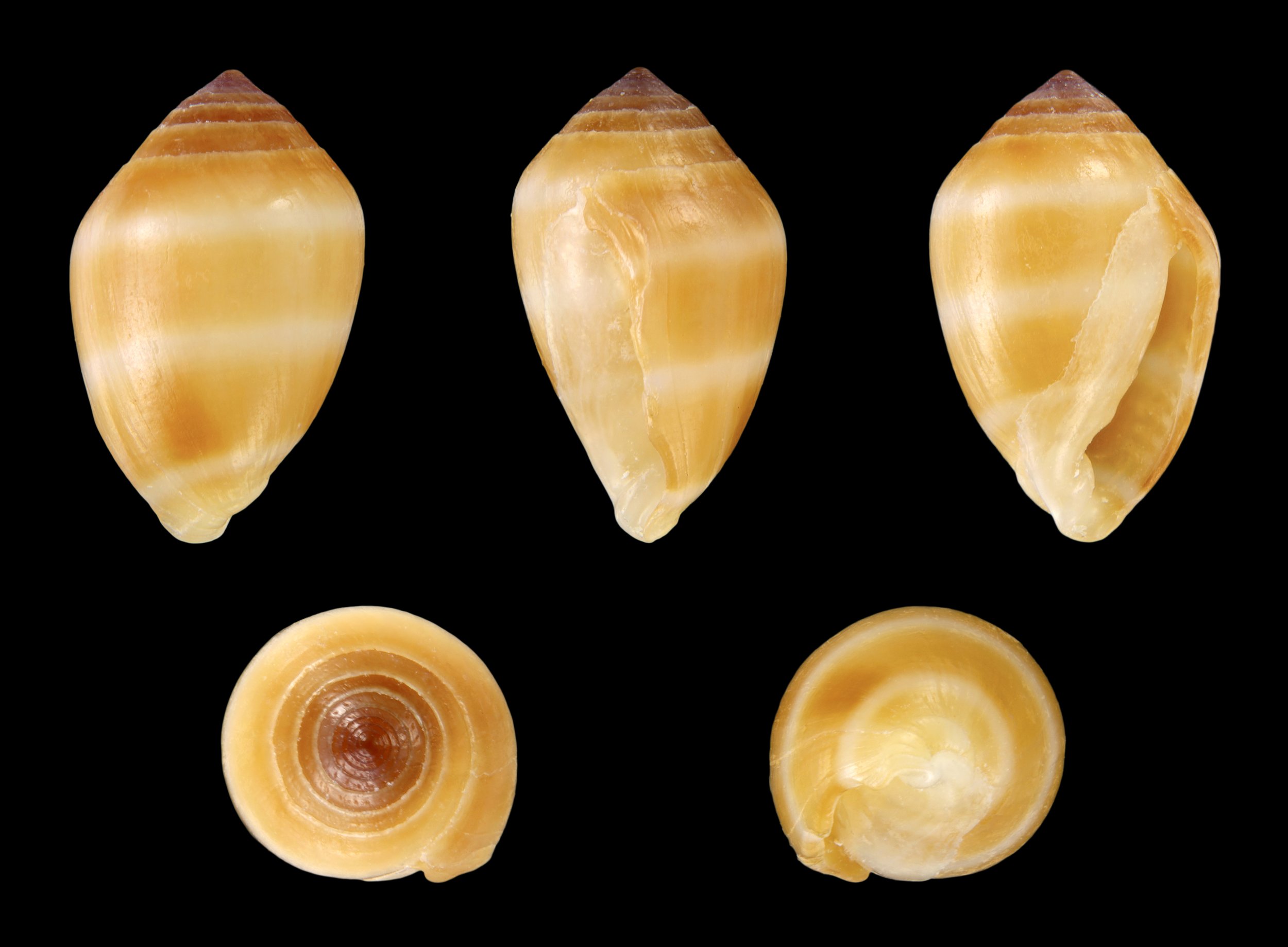The Hellebore
The story of the Hellebore, the ‘other’ christmas flower, and how they cured the women of Argos.
Helleborus orientalis, March 21st
Melampus coffea (Linné, 1758)
Next time you take a walk along a rocky coast, look down and notice the abundance of small air breathing snails that sluggishly clamor along the bladder wrack and granite boulders. Likely, some of what you see are Melampus, a salt marsh pulmonate gastropod found ubiquitously on shores from Taiwan to Florida and beyond. The Greek seer-healer Melampus, from whom their name derives (although for unknown reasons), was a master negotiator, animal whisperer, and herbologist. He was said to gain mystical powers after being licked in the ears by two pet snakes. When the women of Argos were driven mad by Dionysus during the reign of Proetus, Melampus offered a cure in exchange for two thirds of the kingdom. The cure was hellebore extract.
The Grecian region of Anticyra, a port in the northwestern coast of the Gulf of Corinth was famed for its hellebores. The plants were recorded both by Dioscorides, the Greek physician, and Pliny, the Roman naturalist, to treat melancholy, insanity, and induce vomiting.
White Helleborus orientalis basking in a ray of light
Indeed, Hellebores are a member of the buttercup (Ranunculaceae) family, a universally toxic group secondary to the unstable glucoside ranunculol, which can cause roaring gastrointestinal distress. Hellebores enjoyed medicinal popularity during the Victorian era as a purge for all things infestational, such as intestinal worms.
There is etymological debate as to the origin of ‘Hellebore’. The name elleborum, elleborus, or Helleborus in Medieval Latin, has been in use since Titus Maccius Plautus. The most common suggested derivation is from the Greek elein -to injure and bora -food, translating to ‘harmful food’. Others offer that it more likely originates from ellos -a young deer and bora, meaning “the food of fawns”, or even, in an unexpected spirit of sarcasm, “good grazing”. The Germans call it Nieswurz, or sneezewort.
Profile of a closed ‘Pink Frost’ hellebore
Despite their menacing past, the hellebore is celebrated in many yuletide customs as an alternative to the poinsettia. The narrative tells of a young shepherd girl tending her family's flock on Christmas eve. After hearing of the Holy Child, she travelled with the other shepherds but was distraught that she had no gift to offer. As the girl began to cry an angel led the girl outside and touched the cold ground. Immediately, a Christmas rose appeared and provided the girl with a gift to offer.
Hellebores are native to southern and central Europe and are found primarily in mountainous areas, but can survive in a range of other habitats, from light woodland shade to open alpine meadows. The flowers of Christmas rose (H. niger) appear in late February or March, are white, and tend to have upward facing blooms, whereas Lenten rose (H. orientalis) flowers about a month later, comes in many colors including pink, rose and lavender and tend to be more pendulous.
Portrait of 'Pink Frost' hellebore
Knowledge Sources
https://ipm.missouri.edu/MEG/2019/12/christmasRose/
https://www.mooreandmoore.com/post/christmas-rose-or-lenten-rose
https://blog.gardeningknowhow.com/tbt/hellebore-plant-history/
https://s3.wp.wsu.edu/uploads/sites/2073/2014/03/Hellebores-Fact-Folklore.pdf
https://blog.metmuseum.org/cloistersgardens/2010/03/24/hell-flowers/
Gunther, Robert T., ed. The Greek Herbal of Dioscorides, translated by John Goodyer 1655. 1934. Reprint: New York: Hafner Publishing, 1968
https://centralpark.org/hellebores/
https://www.helleborus.de/en/plant-facts/curiosities-and-legends
https://link.springer.com/article/10.1007/s10722-019-00876-5
https://www.britannica.com/topic/Melampus
Image Sources
https://commons.wikimedia.org/w/index.php?search=melampus&title=Special:MediaSearch&go=Go&type=image






